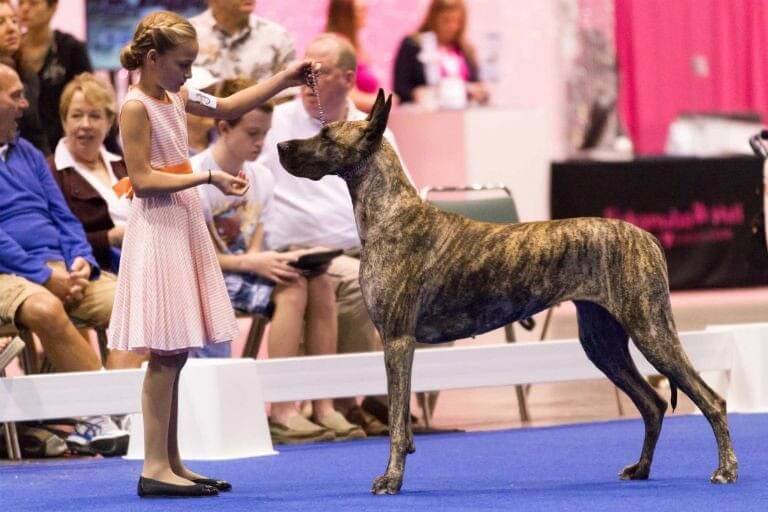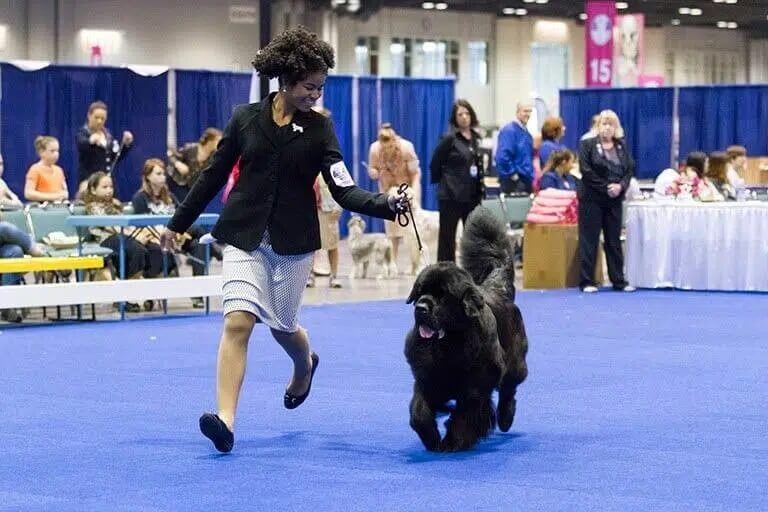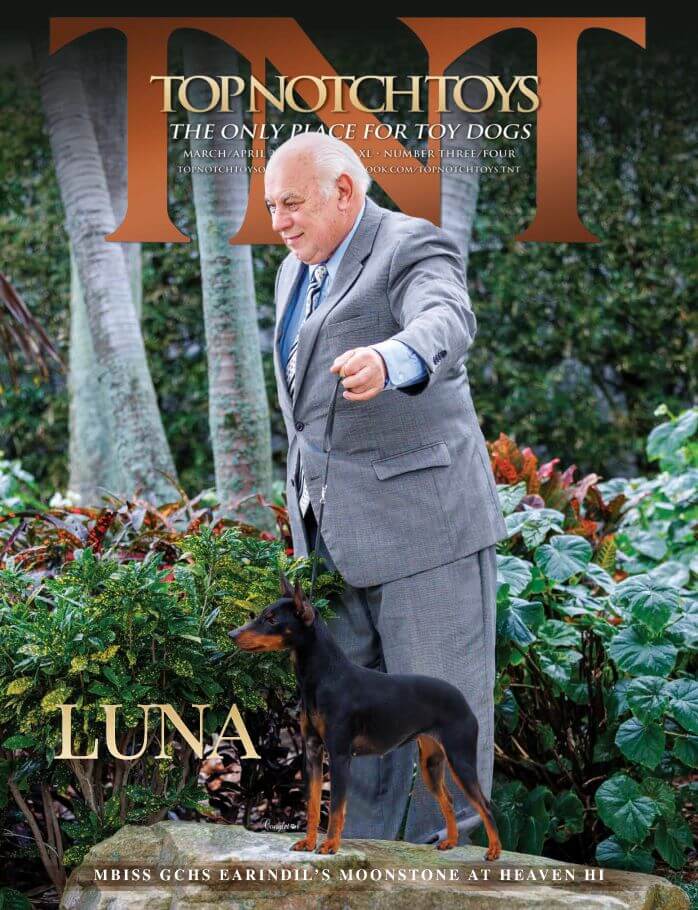When new exhibitors purchase a purebred puppy from a reputable breeder, the purchase price generally includes a packet of information containing AKC registration papers, vaccination history and health records, a five-generation pedigree, photos of the sire and dam, and training tips for housebreaking, traveling in the car, and teaching the perfect sit-stay. Words of caution often accompany printed forms and paperwork as does encouragement to enroll the new family member in a puppy kindergarten class once all recommended vaccinations have been administered. Socialization, it is emphasized, is important for the young dog; however, connecting with other people during critical periods of a puppy’s development is just as important for the new owner, especially if the dog/handler team is planning to enter the competitive world of the conformation show ring. And knowing that all dog show handling classes are not created equal, the choice of which classes to attend can make or break the novice owner handler.
Education Breeds Confidence
When I took my first show quality pup to handling classes in the 1980s, the experience was equally exciting and terrifying. The excitement came from the possibility of showing my young hopeful to her championship at iconic events like Old Dominion, Westchester, and Philadelphia. The terror emanated from the codgy old woman who ran her class with all the sensitivity of a drill sergeant with a tooth ache. This lady’s bark was most definitely worse than any dog’s bite. She shouted commands unsparingly at each and every handler in her class. No one was safe from her bombasts. “Fix that front!” “Hold the lead the way I showed you!” “Feed her. Feed her! FEED HER!!!” It was not unusual for one or more of the human students to leave class shaken or in tears. Interestingly, the young dogs in class seemed to figure things out long before the “ah-ha” moments clicked in the minds of the frightened handlers who kept looking at the clock hung mockingly on the wall of the church hall.
Apparently, the clever young canines could easily see through the instructor’s tactics and understand the message behind all the noise. Week after week, the pups’ confidence grew and, eventually, so did that of their handlers. While the old woman had been busy breaking through the fears and insecurities of the people in class, her students had started to realize that they could do the impossible with their dogs—things like standing solidly for exam, gait on lead in a straight line, and have fun together under stressful circumstances. In short order, the instructor’s eight-week “boot camp” transformed a crew of clueless handlers into confident partners who had begun to understand that the show ring is a place where command performances can occur only when there’s genuine understanding and trust between dog and handler.
Schedule Your Priorities
The new owner handler often makes the rookie mistake of thinking success can be achieved simply by showing up—occasionally. Although it’s true that “beginner’s luck” has turned more than a few newbies into the sport’s most recognizable breeder/owner handlers, successful exhibitors generally achieve notoriety by setting specific goals for their dogs and sticking to a schedule of short training sessions, visits with family, friends, and friendly businesses that allow dogs, and regular attendance at show handling classes. By showing up each week at the appointed hour (even when the workload is crushing or the “mood” to get out of the house just isn’t there), opportunities for making progress become available. No exhibitor can expect to move forward with their owner-handled dog when the first priority remains sitting in front of a screen (television, laptop, smart phone) or relaxing after a day filled with demands and disappointments.

Dogs, like children of all ages, appreciate structure every bit as much as they as they enjoy socialinteraction that’s safe and stimulating. At show handling class, both dog and handler can expect to find a reliable routine and a rousing good time. Beginner puppies are introduced to structured activities and are rewarded with supervised play sessions. Young dogs experience increased expectations and learn how to respond confidently to new challenges that are presented each week. And seasoned show dogs give their owner handlers the opportunity to “tweak” this and “retool” that as preparation for an upcoming specialty or all-breed show. Regular attendance in class and establishing routines that are reliable are the surest pathways to success. Setting priorities and sticking to a schedule are how things get done.
Regular attendance in class and establishing routines that are reliable are the surest pathways to success.
There’s Always a Cost
Showing dogs is not cheap, and it’s not going to be getting any cheaper. Show entry fees, travel expenses, and the rising cost of dining out are just a few reasons why some exhibitors are reconsidering their show schedules. With these rising costs and the decreasing availability of majors at local shows, many owner handlers have discovered the need to plan strategically while investing in online education, mentoring programs with proven results, and training classes at nearby kennel facilities. Of course, dog show handling classes can provide useful instruction for both handler and hound; however, here too, costs can vary widely depending on the instructor, the facility, and the geographic location. In New Jersey, where I live, a drop-in class can cost $30 for a one-hour session.
In Michigan, similar classes may be found for half that price. In western Pennsylvania, drop-ins may be charged $8, and in Nebraska the price can dip to $5 per class. When considering the price of handling classes alone, it’s easy to see how owner handlers might become discouraged due to limits imposed by personal budgets. Nevertheless, solutions can be found—or implemented by clever clubs and businesses that want to help others while growing their organization. One Midwest training club offers a package deal that allows unlimited drop-ins for a year. For the reasonable fee of $225, an exhibitor is permitted entry at every handling class with any dog. The package is equal in value to 15 individual classes, but with weekly attendance throughout the year the price per class plummets to less than $5. This is an extraordinary deal for students, and it’s a great way for the club to bolster its coffers. Packages may even be purchased as gifts, and donated as raffle or auction items. Where there’s a will (and a shrinking budget) there’s always a way.
The right handling class, with the right instructor at the right price, can mean the difference between an owner handler who feels “all in” and one who drops out of the sport before ever having gotten started.
Photo credit: American Kennel Club (AKC)










